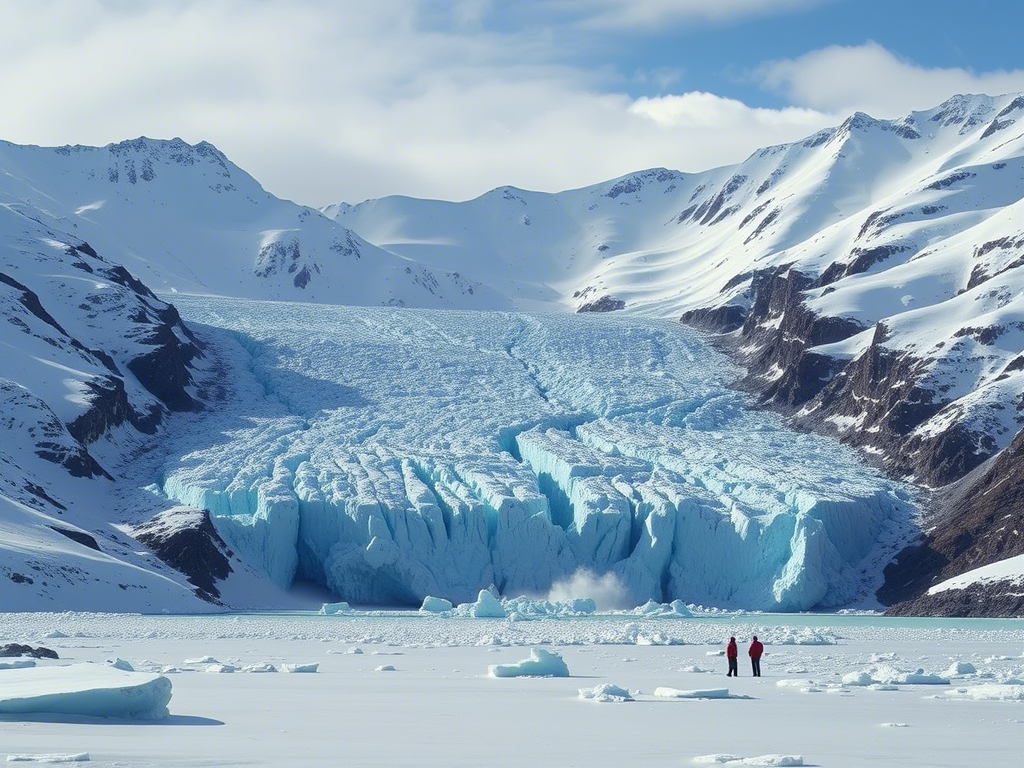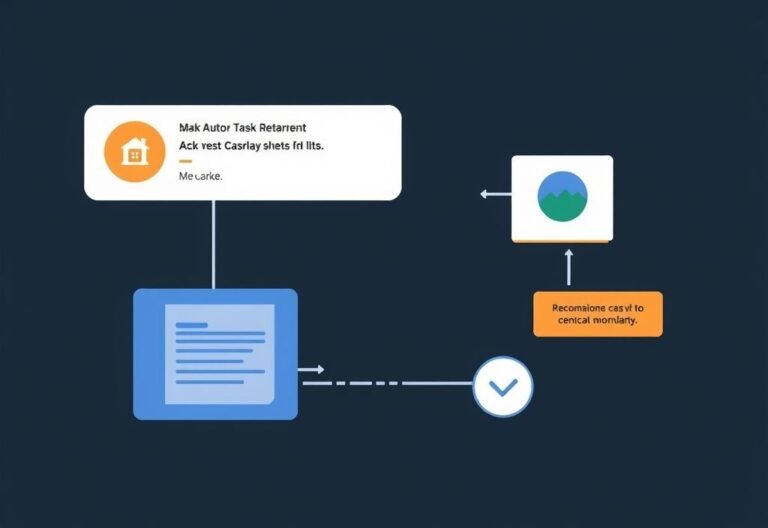
Glacier Accelerates by 87% in Rare and Surprising Event
New satellite data reveal a dramatic and unexpected shift in Antarctic glaciers — with one glacier speeding up by nearly 87% , while siphoning ice from its neighbor in a process now being called “ice piracy.”
Using observations from the Copernicus Sentinel-1 mission and ESA’s CryoSat , scientists found that the Kohler East Glacier in West Antarctica has begun redirecting ice flow away from the slower-moving Kohler West Glacier . What was once believed to be a process taking millennia is now shown to unfold in under two decades .
This discovery, published in The Cryosphere , challenges previous assumptions about glacial dynamics and highlights how sensitive these systems are to environmental change.
Why It Matters: A New Understanding of Ice Flow
West Antarctica hosts some of the world’s fastest-changing glaciers. Their behavior directly affects global sea levels. As glaciers like Kohler East accelerate and thin, they can destabilize the entire system, causing faster ice loss into the ocean.
Key findings:
- Seven out of eight monitored glaciers in the region have sped up since 2005.
- Some glaciers now flow at over 700 meters per year .
- The most extreme case: Kohler East gained speed by up to 32 meters per year on average over 17 years.
- Meanwhile, Kohler West slowed by 10% , likely due to redirected ice flow.
A Surprising Shift in Direction
Dr. Heather Selley, lead author from the University of Leeds, explains:
“We believe Kohler West has shifted direction, feeding ice into Kohler East instead — a form of ice piracy driven by rapid thinning.”
The difference in thinning rates between the two glaciers appears to be pulling ice away from the slower one, effectively “stealing” it.
Satellites Reveal What We Couldn’t See Before
Thanks to high-resolution satellite tracking, researchers were able to monitor changes in ice velocity by tracing surface features like crevasses over time. These tools offer unprecedented insight into polar changes.
Prof. Anna Hogg adds:
“This study shows that ice redirection is a key new factor in modern glacial behavior — and must be included in future models of sea-level rise.”
What’s Next?
Understanding these shifts is critical for predicting how Antarctica’s ice will respond to ongoing climate change — and how much, and how fast, sea levels might rise in the coming decades.
As Dr. Martin Wearing from ESA notes:
“Satellites are our best tool for monitoring the poles — revealing complex changes we couldn’t detect otherwise.”





